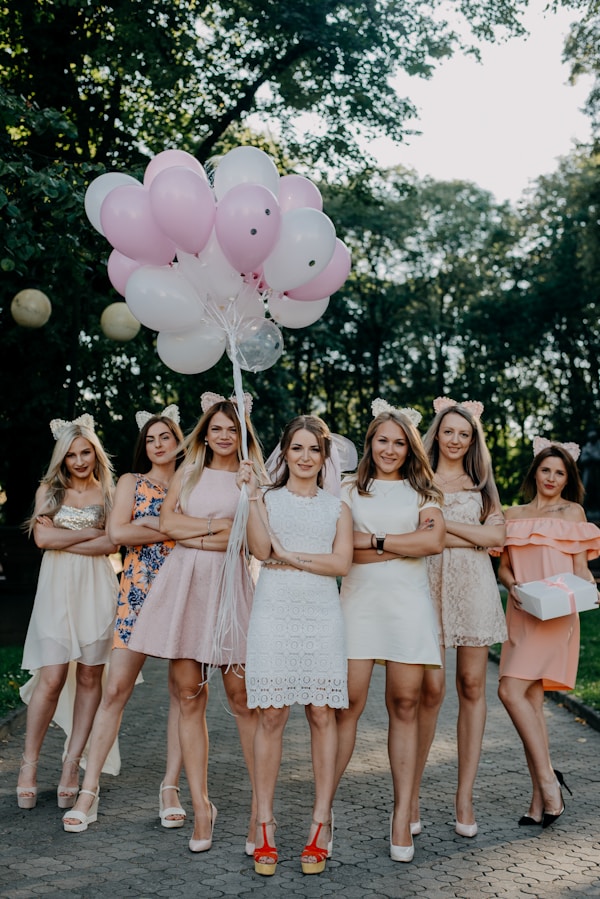Discover the Best Fabrics for a Flowy Wedding Dress
Choosing the perfect wedding dress is a monumental part of planning the big day. Among various aspects, one of the key elements that brides consider is the fabric of the dress. The right fabric not only impacts the flow and look of the dress but also contributes to its overall comfort. In this article, we will explore what the best fabrics for a flowy wedding dress are, including their unique characteristics, advantages, and disadvantages.
Understanding Flowy Wedding dresses
Flowy Wedding dresses are loved for their romantic and ethereal qualities. They often feature soft, sweeping lines that create a sense of movement. When selecting a fabric, brides should consider factors such as breathability, drape, and weight. Below, we outline the best fabric options that can help achieve that perfect flow.
1. Chiffon
Chiffon is a lightweight, sheer fabric that creates an elegant, flowing silhouette. It is often used in layers for Wedding dresses, allowing for beautiful movement. Chiffon can be made from nylon, silk, or polyester, offering varying standards of quality and price.
| Advantages of Chiffon: - Lightweight and breathable - Drapes beautifully - Available in a variety of colors |
| Disadvantages of Chiffon: - Can be prone to wrinkling - Requires proper handling during the wearing |
2. Georgette
Georgette is another popular option that, while similar to chiffon, has a slightly heavier weight and a more textured feel. This fabric drapes nicely and resists wrinkling better than chiffon, making it an excellent choice for brides who want something that will maintain its shape throughout the day.
| Advantages of Georgette: - More durable than chiffon - Offers a bit more opacity - Sufficient stretch for comfort |
| Disadvantages of Georgette: - Heavier than chiffon, which may not suit all brides - Can be harder to sew |
3. Silk
Silk is the epitome of luxury and is often associated with high-end Wedding dresses. Its natural fibers make it breathable while providing a soft touch that feels wonderful against the skin. Silk drapes beautifully, creating an exquisite flowy effect ideal for romantic gowns.
| Advantages of Silk: - Luxurious and soft - Naturally breathable - Perfect drape for elegant silhouettes |
| Disadvantages of Silk: - High maintenance, often requiring dry cleaning - Can be expensive |
4. Tulle
Tulle is a netting material often used in Wedding dresses for layers and accents like skirts, veils, and overlays. It gives a light, airy feel, making it a favorite for brides who want a fairy tale look. However, tulle can be scratchy on the skin, so many designers opt to line it with softer fabrics.
| Advantages of Tulle: - Creates volume and structure - Light and easy to work with - Available in various colors and patterns |
| Disadvantages of Tulle: - Can be scratchy if not properly lined - Less suitable for long, flowing designs on its own |
5. Organza
Organza is another stiffer fabric that offers a sophisticated look. It stands out because of its sheen and crispness, making it perfect for creating structured gowns while still allowing some flow. Like tulle, organza can be layered to achieve greater volume and depth.
| Advantages of Organza: - Holds its shape well - Provides a beautiful, crisp finish - Excellent for layered designs |
| Disadvantages of Organza: - Stiffer than other flowy fabrics - Can be more challenging to handle |
Choosing the Right Fabric for Your Wedding Dress
When selecting the best fabric for your flowy wedding dress, consider the following tips:
- Think about the season: Breathable fabrics like chiffon or silk are excellent for summer weddings, while heavier fabrics can be ideal for winter.
- Consider your wedding venue: Outdoor weddings may benefit from lighter fabrics that flow with the breeze, while indoor venues can accommodate more structured designs.
- Personal comfort: Always prioritize comfort. You’ll want to feel at ease throughout the ceremony and reception.
Additional Questions Brides May Have
This article answers the core question of fabric selection for flowy Wedding dresses, but brides often have additional concerns. Here are some related queries:
- What is the best fabric for a budget-friendly wedding dress? Polyester blends can offer a similar look to silk without the hefty price tag.
- How do I care for different wedding dress fabrics? Many fabrics require specific care, including dry cleaning or gentle washing. Always check care labels.
- Can I mix different fabrics in my wedding dress? Yes, many dresses feature a combination of materials to achieve unique textures and silhouettes.

Conclusion: Embrace the Flow in Your Wedding Dress
Choosing the best fabric for a flowy wedding dress is crucial to achieving the ethereal, romantic look that many brides desire. Fabrics like chiffon, georgette, silk, tulle, and organza each provide unique benefits that can suit different styles and preferences. Remember to consider your comfort, the season, and your wedding venue when making your selection. With the right fabric, your wedding dress can flow beautifully as you walk down the aisle, leaving a lasting impression.
Ultimately, ensure you try on dresses, pay attention to how the fabric feels against your skin, and consult with your wedding planner or a trusted friend for a second opinion. Enjoy the journey of finding the perfect dress!